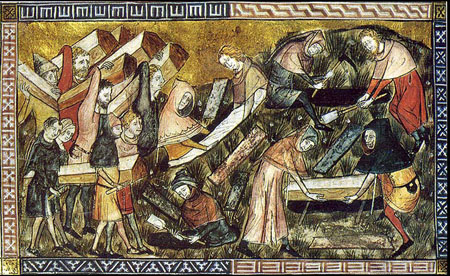
Curious readers will marvel at Hartnell’s lucid prose and generous selection of illustrations. But the book’s broadness is also its strength, recasting Dark Age medicine and culture as more globally interconnected and enduring than previously thought. In these images, death is merry, ever eager to pull people into the dance.

In the Middle Ages, Hartnell writes, “the body was everything to everyone”-a statement that holds true for any historical era. With wit, wisdom, and a sharp scalpel, Jack Hartnell dissects the medieval body and offers a remedy to our preconceptions. A popular and lasting image of death and dying that you can find in the late Middle Ages is the Danse Macabre or Dance of Death.

The heart maintained the body’s “humoral equilibrium,” according to physicians, and generated romantic feelings, according to the poets of “courtly love.” Male and female sex organs were understood to be inverted versions of each other, with the exteriority of male genitals taken as proof of masculine superiority. Middle Eastern writers thought the pale skin and “unsettling” blue eyes of Northern Europeans were indicative of cowardice Christians, meanwhile, associated dark skin with sinfulness. Hair types, he notes, were seen to reflect certain mental characteristics: lank, blonde hair indicated deviousness, while red hair suggested a quick temper. Analyzing medical textbooks, physicians’ accounts, poetry, religious sermons, and artworks from Europe, the Byzantine Empire, and the Islamic world, Hartnell works his way from “head to heel,” addressing each body part in turn. Unfolding like a medieval pageant, and filled with saints, soldiers, caliphs, queens, monks and monstrous beasts, it throws light on the medieval body from head to toe - revealing the surprisingly sophisticated medical knowledge of the time in the process.īringing together medicine, art, music, politics, philosophy and social history, there is no better guide to what life was really like for the men and women who lived and died in the Middle Ages.Art historian Hartnell’s entertaining, comprehensive debut contradicts the popular conception of the Middle Ages as a “backwards, muddy” time by surveying medieval attitudes toward the human body. In this richly-illustrated and unusual history, Jack Hartnell uncovers the fascinating ways in which people thought about, explored and experienced their physical selves in the Middle Ages, from Constantinople to Cairo and Canterbury.

And yet their lives were full of miraculous and richly metaphorical experiences radically different to our own, unfolding in a world where deadly wounds might be healed overnight by divine intervention, or the heart of a king, plucked from his corpse, could be held aloft as a powerful symbol of political rule.

Just like us, medieval men and women worried about growing old, got blisters and indigestion, fell in love and had children. makes the past at once familiar, exotic and thrilling.' Dominic Sandbrook


 0 kommentar(er)
0 kommentar(er)
